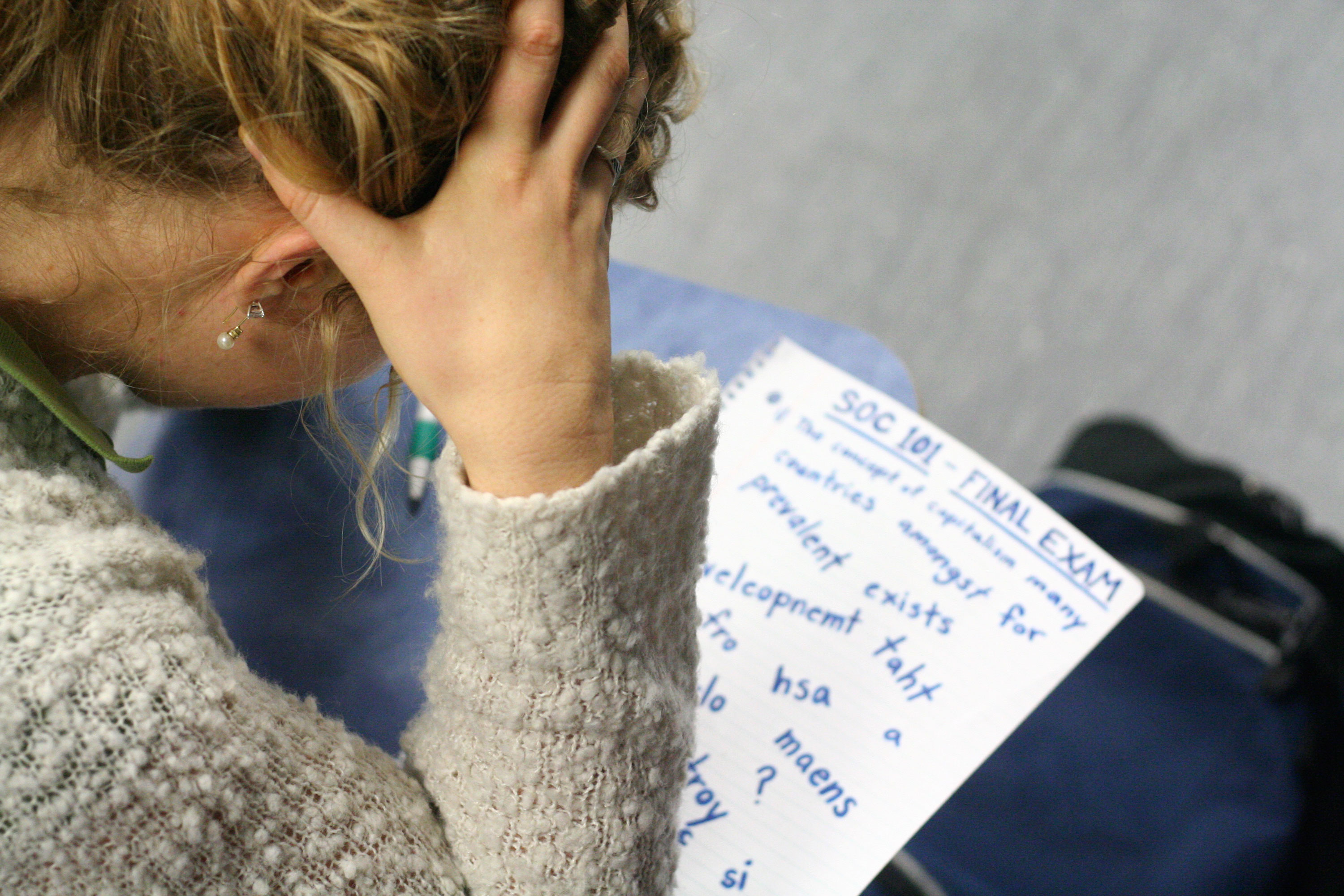Student stress a persistent problem


Our dictionaries define stress as “strain or pressure exerted on a body, usually measured in pounds per square inch.” Recent epidemiological studies indicate that Canadians may be carrying more “pounds per square inch” than ever before.
An insurance company for example, recently published data suggesting that more than 50 per cent of workers feel “greatly stressed.” The study also showed how many of us are suffering from stress-related disorders. 62 per cent feel exhausted; 45 per cent have chronic headaches; and 45 per cent report sleep disturbances.
Here at university, one third of students confess to having panic attacks. Surely some of the responses to stress are a function of individual personality traits, but clearly, something else is at work.
We often construct institutions and structures which seem to imprison us, to the point where each individual feels trapped. Our suburbs are such a prison wherein we must commute to work and then we are imprisoned in our cars for the duration of it. So, while we build beautiful homes, we tend to spend more time in our automobiles, trapped in gridlock and congestion, being poisoned by polluting combustion engines. Ironically, these are the things we sought to escape when we moved to the outer environs.
We are devoted to an “activity ethic.” Our businesses seem dedicated to busyness and stress is the result. We find stress erodes our confidence and rots our leisure time, and we consequently model and teach stress at all levels of life. That is what is being taught in our kindergarten classrooms. We are modeling stress as we teach children to respond to it by a fierce competitive spirit. Life is a jungle, and the competition cut throat. We insist that our children and teens try to manage too many assignments in too little time.
We pile on work that they know inherently will never get done, which encourages them to devalue education. We tell them little about how to cope with such expectations as we stuff more and more into their backpacks, wearing down their vulnerable little backs.
If they survive, and many of them do, we tell them they are fit for the corporate world, which is currently downsizing and laying off workers, adding more stress to their lives. There we are on that treadmill to oblivion, racing toward ulcers, coronaries, hypertension or other maladies caused by what Hans Selye defined as “dis-stress.” Enter all of the professional stress managers with their well-oiled programs of controlling stress. Ironically, treating the forms of pathology which are by-products of the very institutions and corporate, social structures we have created.
Such professionals accept that stress is a constant component of the social and financial order, and yet, they focus on the individual and their responses to such stress.
It can be seen most clearly at the university level, where students are under great stress; but rather than looking at the institutional bases of such stress, we heap coals on the individual students and insist that it is their responsibility to respond maturely to stress. We institutionalize stress management as a personal responsibility as we teach biofeedback, relaxation techniques, meditation, deep breathing exercises and perfecting “test-taking techniques.” Rarely do we question or evaluate the system, a system we have collectively created.
If you are stressed out, you do something about it; you do not dare question the very structures which have contributed to your stress. It is surely time that university officials, faculty members and all of us on the university campus study the university system itself by looking at campus structures, classroom demands and reveal the many sources of student anxiety. Assuming greater responsibility for the system, we just might reduce the percentage of young students who suffer from panic attacks and therefore, enrich student life.
Don Morgenson is a professor of psychology at Wilfrid Laurier University


